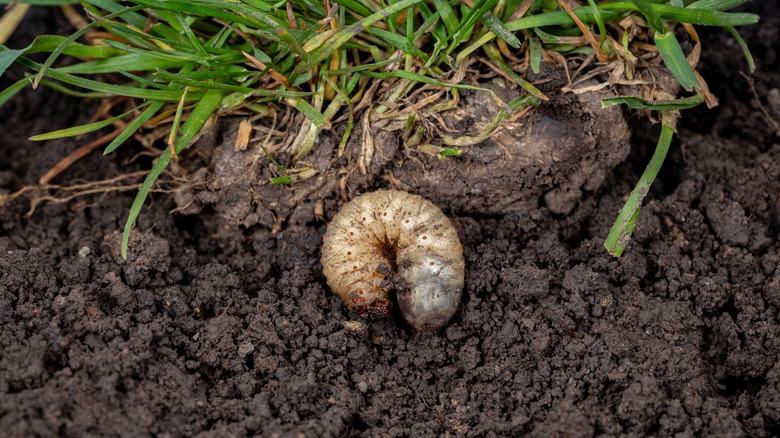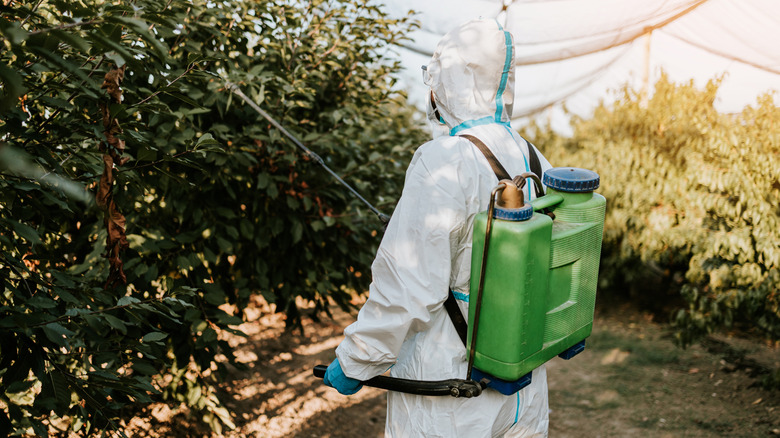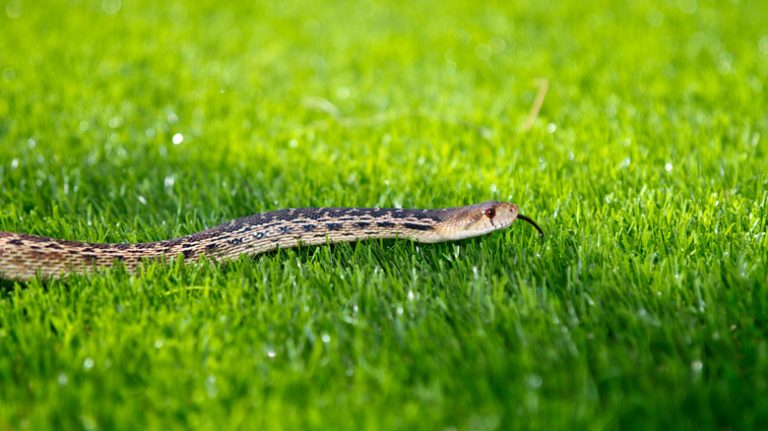When the rich, green color of your lawn starts turning into jarring spots of brown, it’s understandably puzzling. The change is not just a cosmetic disruption but may indicate something more serious beneath the surface. There are specific early indicators that hint at a bug infestation in your lawn. Irregular turf patches are a glaring sign of an underground menace at work. Similarly, broken grass blades can point to the destructive feeding habits of certain pests, leaving them fractured and unhealthy. These are not just signs but loud signals, suggesting that an army of bugs has claimed your once peaceful lawn as a bustling feeding ground.
The term ‘intrusion ‘may not seem strong enough in this seemingly uninviting scenario. This isn’t just an infestation; it’s an invasion. Your tranquil, bug-free lawn has been overrun, converted into a battleground where your innocent grass is falling prey to relentless pests. While the situation appears dire, it’s essential to note that various bugs could be behind your lawn’s degradation. The range of potential lawn enemies is vast, from sod webworms to chinch bugs. The task ahead of you is daunting, requiring careful observation, patience, and a hint of detective work. Identifying these tiny invaders will involve scrutinizing the damage, maybe even closely observing the bugs themselves. It may be challenging, but it’s also the key to reclaiming your lawn.
Understanding the potential perpetrators

The world beneath your lawn is bustling with life and activity. Many species of bugs call this place home, but only a few are notorious for turning a healthy lawn brown. Perhaps, chinch bugs are to blame. This tiny creature, despite its minuscule size, can cause a significant amount of damage. These diminutive insects have a simple yet deadly method of survival and reproduction. They latch onto the blades of grass, the life source of your lawn, and start sucking out the sap. The sap is the lifeblood of grass, carrying essential nutrients and water that allow it to grow and stay green.
Sod webworms could also be the perpetrators of your lawn’s woes. These are the caterpillar stage of lawn moths, easily identified by their fringed wings. They are known for their voracious appetite for grass, primarily feeding at night. Young sod webworms feed on the upper parts of the grass blades, while older larvae can chew down to the crowns of the plants. This can lead to significant damage and even plant death in heavily infested areas, resulting in the unsightly brown patches you’ve been noticing. Let’s not overlook the possibility of armyworms, either. These caterpillars, the larvae of various moth species, march across your lawn in groups, much like an army, devouring blades of grass as they go. They prefer tender, young grass; an infestation can rapidly lead to vast brown, damaged lawn areas.
Implementing the correct remedial measures

Having pinpointed the culprit, your next task is to prepare a well-planned counterattack. Proceed with caution in this stage. Any solution you devise should rectify the immediate problem and maintain the delicate ecological balance in your backyard. The perpetrator’s nature significantly influences the resolution method you may need to employ. Thankfully, when it comes to combating chinch bugs, sod webworms, and armyworms, there are promising solutions available, one of which is the use of insecticides. Their powerful formulas can help control and prevent further infestations, especially when applied early in the invasion process. Different formulations of insecticides, primarily liquid and granular, are at your disposal. Each comes with its own unique method of application and level of effectiveness.
Granular insecticides, resembling tiny pellets, can be distributed evenly across your lawn using a standard fertilizer spreader. This technique ensures all potential pest habitats receive the necessary treatment. On the other hand, liquid insecticides require a sprayer for optimal application. This direct approach allows the insecticide to seep into the thatch layer of your lawn, reaching the hiding and feeding grounds of these destructive bugs. Regardless of your chosen approach, it’s crucial to remember that while insecticides can be highly effective, they should be used judiciously. Overuse can disrupt the broader ecosystem, harming beneficial insects and other wildlife in your garden.



